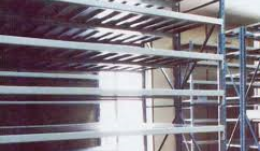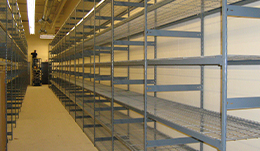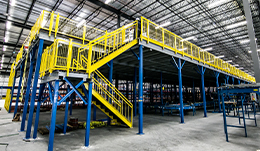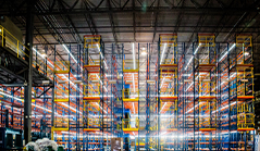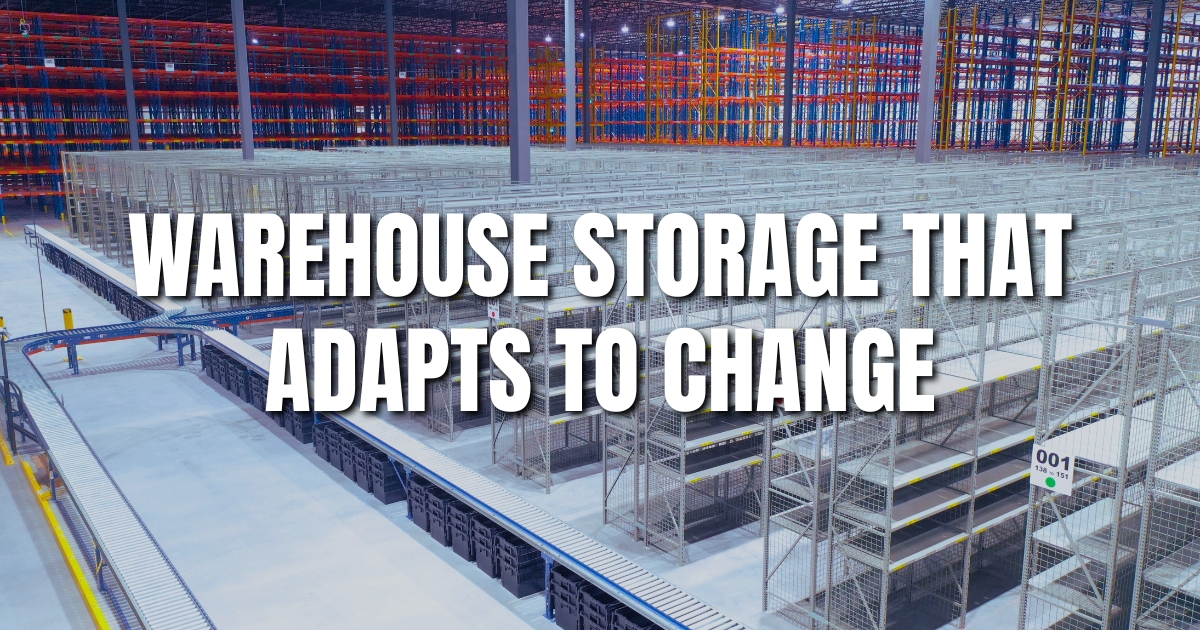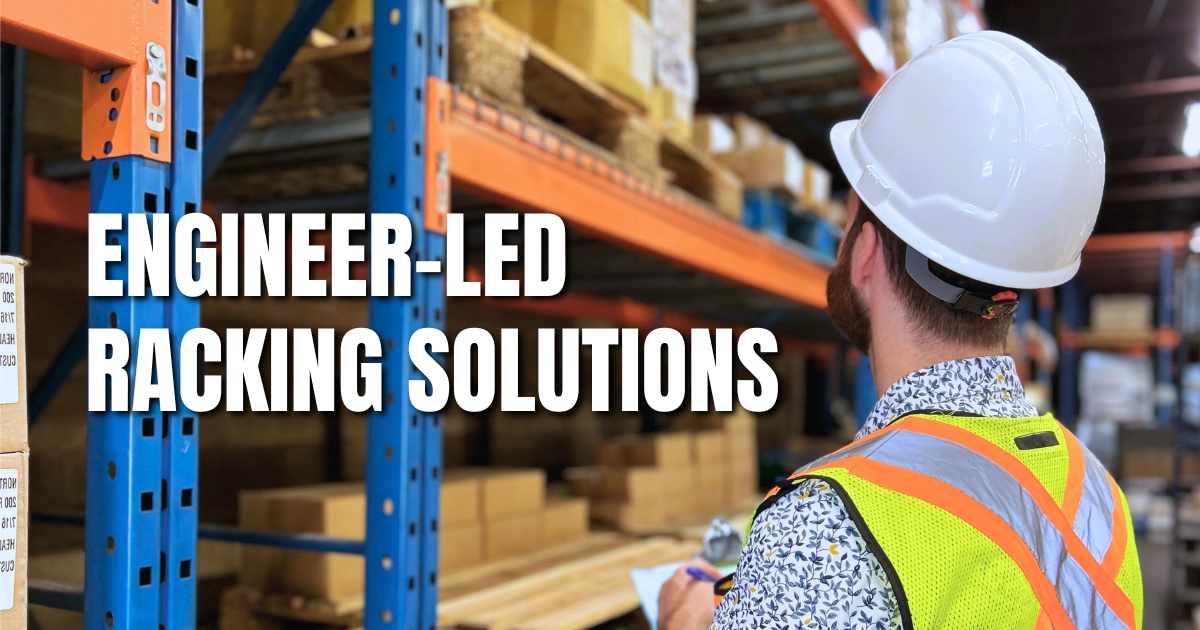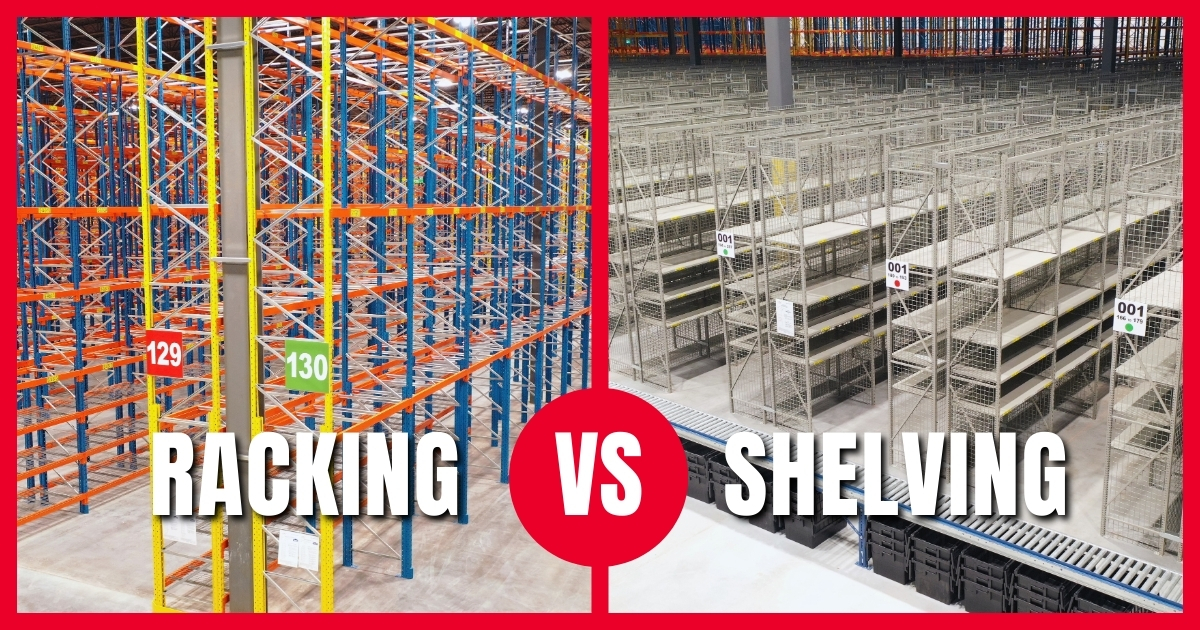When contemplating storage solutions, it is common to understand the distinctions between high-density racking systems and high-selectivity racking systems. While both types of racking systems offer their own unique benefits and drawbacks, they are suited to different storage applications.
The Difference:
High-density racking systems are engineered to take full advantage of the available space by storing numerous pallets in a smaller area. These systems are characterized by their ability to store pallets in deep lanes, usually, 3-5 pallets deep, and are ideal for storing large volumes of similar products. Various high-density storage systems include drive-in racks, push-back racks, and mobile racking systems.
Drive-in racks, for instance, are a type of high-density storage system that allows pallets to be stored on rails in deep lanes, with each pallet stored in front of one other. This provides a high storage capacity in a small area, making it the ideal solution for companies that need to store a large number of comparable products.
Push-back racks, on the other hand, are high-density storage system that allows pallets to be stored on inclined rails in deep lanes. Pallets are loaded onto the system from the front and are stored behind one another, with each pallet pushing the one in front of it back as it is loaded. This configuration enables a high storage capacity in a small area, making it an excellent option for businesses that need to store many similar items.
High selectivity racking systems, in contrast, are designed to provide easy access to a wide variety of products. These systems are characterized by their ability to store pallets in shallower lanes, usually, 1-2 pallets deep, and are ideal for storing a variety of distinct products. Examples of high-selectivity storage systems include selective pallet racks, cantilever racks, and mezzanine systems.
Selective pallet rack, for example, is a type of high-selectivity storage system that allows pallets to be stored on horizontal beams in shallower lanes. This provides easy access to any pallet on the system, making it an excellent option for businesses that need to store a variety of different products.
A cantilever rack, on the other hand, is a high-selectivity storage system that allows long, bulky items such as pipes, lumber, or furniture to be stored on arms that extend out from a vertical column. This arrangement provides easy access to any item on the system, making it an ideal solution for businesses that need to store long, bulky items.
Summary:
In summary, high-density racking systems are designed to maximize the utilization of available space by storing many pallets in a smaller area, whereas high-selectivity racking systems are intended to provide easy access to a wide variety of products. Both types of racking systems have their own advantages and disadvantages, and the selection of which system to use will depend on the specific requirements and constraints of your organization. Our company provides a diverse range of cutting-edge pallet racking systems to assist businesses in optimizing their storage space, enhancing operational efficiency, and reducing expenses.
Are you interested in learning more about North American Steel’s wide variety of pallet racking and industrial shelving systems and services? Please contact us here.
Article originally published to A+D Wire.



